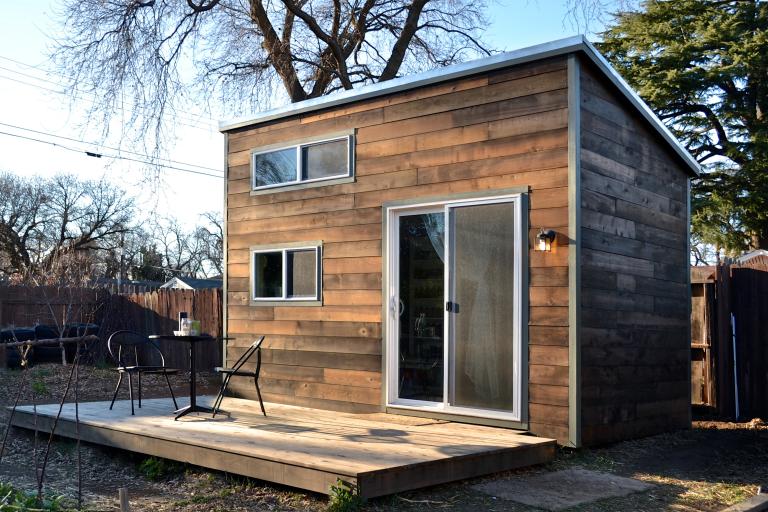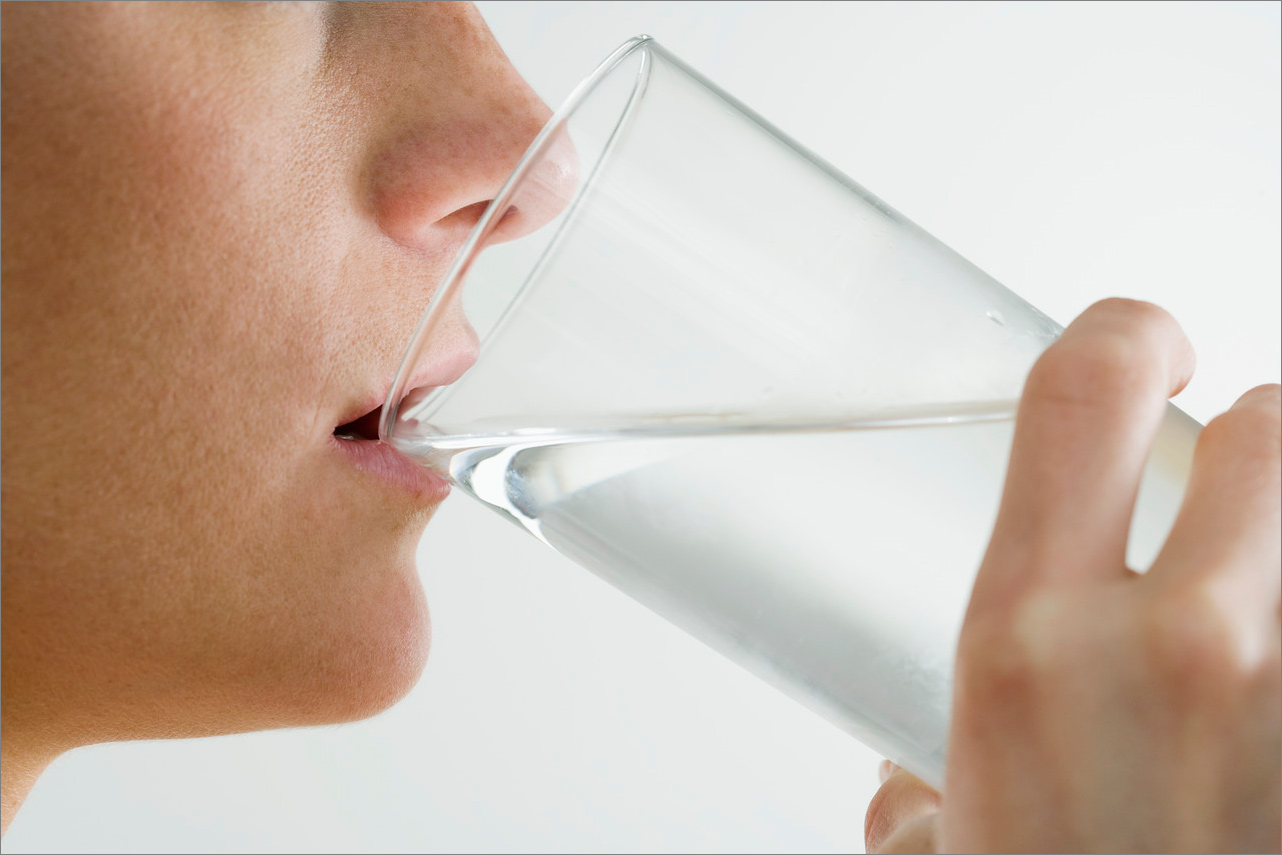Despite the pugnacious storms that had California on the ropes this past weekend, the state is still in the middle of a record-making drought. The snowpack in the Sierra Nevada Mountains is well under half its usual level for this time of year, and there’s almost certainly no way to catch up this late in the season.
Enter the ongoing construction of 17 desalination plants across the state. A $1 billion plant being built in Carlsbad, Calif., expected to be ready by 2016, will pump 50 million gallons of drinkable water out of the ocean daily — making it the largest such facility in the Western Hemisphere. Another project underway near San Francisco (a discount at only $150 million) could supply 20 million of the 750 million gallons of water guzzled daily in the Bay Area by 2020.
Desalination involves sucking up seawater and pushing it at high pressure through a series of very thin membranes, to strip away the salt and ocean gunk. Water purists (ha) know it as reverse osmosis. It’s not an ideal process, since it uses an enormous amount of energy to turn about two gallons of seawater into one gallon of potable water, plus there are the aforementioned ocean gunk leftovers, but it does keep working rain or shine. A spokesperson for the Carlsbad plant describes it as “droughtproof” — a tantalizing prospect that would probably have Californians salivating, if they could spare the spit.
Instead, we can measure excitement by the uptick in investment. Currently there are only three small desalination plants operating in the state, including one that provides all the water to aptly named Sand City since 2010. By “all the water,” we mean “enough for the 334 people who live there.” From the San Francisco Chronicle:
“It’s a miracle how we managed to get this plant,” said Sand City Mayor David Pendergrass. “If we didn’t have it, the whole area would be in trouble. We’re not under any rationing here, but then we’ve been practicing conservation for years already, so we are responsible about our water use.
“I would absolutely recommend desalination for other areas.”
Of course, the miraculous transmutation of Pacific brine to sweet freshwater comes with a price — the literal one, but also a load of energy, carbon emissions, hapless sea creatures siphoned up intake tubes, and extra salt and miscellaneous water treatment chemicals flushed back into the ocean. Some plants in progress have been stalled by these concerns. Many environmentalists and/or spendthrifts argue that it makes more sense promote water conservation and recycling before turning to expensive alchemy, but water officials still aren’t convinced that will be enough. From NPR:
Jeffrey Kightlinger, the general manager of the Metropolitan Water District of Southern California, says the district has invested in conservation and recycling, and it has helped, but the region still needs more water to meet demand. That’s always been the case in arid California, but it’s even more so now.
“There are two things that are changing the landscape for us,” he says. “One is we’ve grown a lot. We’re doing water for nearly 40 million people statewide. The second thing that really changed is climate change. It’s real. And it’s stressing our system in new ways.”…
“We don’t have time to rehash the same debates over and over and over again. We’re going to have to start investing in things for the future,” Kightlinger says.
Even if cheap, renewable energy sources could theoretically power desalination plants without producing a lot of extra ocean pollution, desalination is not going to solve all the state’s water problems in one fell swoop. Weaning So Cal off water imported from other areas would mean building a Carlsbad-scale plant every four miles along the coast, which adds up to 25 plants just between San Diego and L.A. With so many people and so little water, no solution is going to work without significant cuts in wasted water.
Whether these facilities are a good investment, or at least a bearable compromise, will have a lot to do with what havoc climate change decides to wreak on the coastal state in the coming decades. If this drought is a sign of climates to come, California may not be the only state to run on desal.



